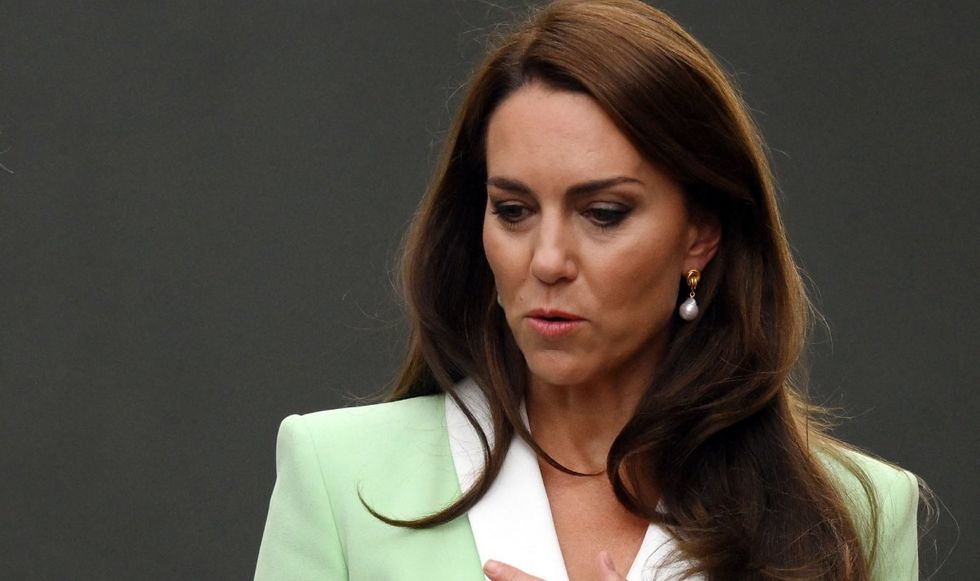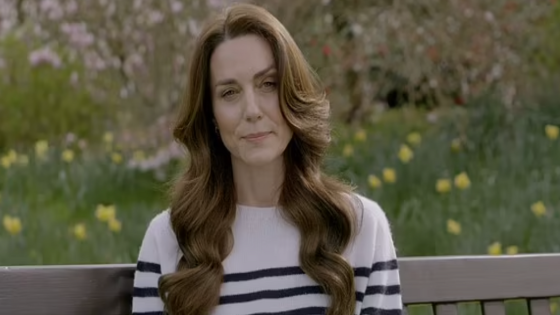The Princess of Wales has revealed she is undergoing preventative chemotherapy after cancer was picked up in tests.
Princess Kate revealed her shock diagnosis in an emotional video message to the world on Friday. It follows her abdominal surgery in January 2024.
Kate did not disclose the type or stage of her cancer but she did reveal she is in the “early stages” of preventative chemotherapy.
What is preventative chemotherapy?
Chemotherapy is a cancer treatment where medicine is used to kill cancer cells.
There are many different types of chemotherapy medicine, although Kate specified that she was undergoing “preventative” chemotherapy.
The Princess of Wales has not revealed the type or stage of her cancer
Getty
This is given before or after a primary treatment, such as surgery, to reduce the chance of a cancer returning or spreading.
Preventative treatments given before the primary treatment are called neoadjuvant therapy. Preventative treatments given afterwards as in Kate’s case, are called adjuvant therapy.
According to Professor Andrew Beggs, Consultant Colorectal Surgeon at the Queen Elizabeth Hospital Birmingham, preventive chemotherapy is “a bit like mopping a floor with bleach when you’ve spilt something on it, chemotherapy kills any spilt cells”.
The value of this treatment varies between cancer types, and even the size and location of the same cancer type, notes Professor Bob Phillips, Professor of Paediatric Oncology at the University of York.
What does a course of chemotherapy look like?
There are many different types of chemotherapy, but the most common types are tablets and liquids that are put directly into the vein (intravenous chemotherapy).
Chemotherapy can also be combined with other treatments to make them more effective, such as when it is used alongside radiotherapy.
Chemotherapy given into a vein is usually carried out as an outpatient hospital procedure, whereas chemotherapy tablets can be taken at home, with regular check-ups from medical staff.
Sometimes, people have more than one type of chemotherapy.
How long they need treatment for also depends on the stage and type of cancer.

The princess confirmed that she has told her three young children
Getty
Prof Phillips said the timeframe for chemotherapy treatment was “hugely variable”, adding that it was given “traditionally between four and six ‘cycles’ (blocks) of chemo, each cycle lasting 21 days and consisting of a day or few days of chemo”.
He added there would then be “time for the body to recover from it, while the chemo keeps damaging the cancer cell.
“There are also some which are daily, some which are four-weekly, and some which are two-weekly.”
Side effects of chemotherapy occur because healthy cells are damaged alongside any cancer cells.
Treatment can therefore make people feel very tired and nauseous, and cause them to vomit and lose their hair.
People undergoing chemotherapy are also at an increased risk of getting infections, a sore mouth, dry, sore or itchy skin and bowel issues.
Sometimes, other medicines are given to patients to help with these side effects.
Source Agencies



